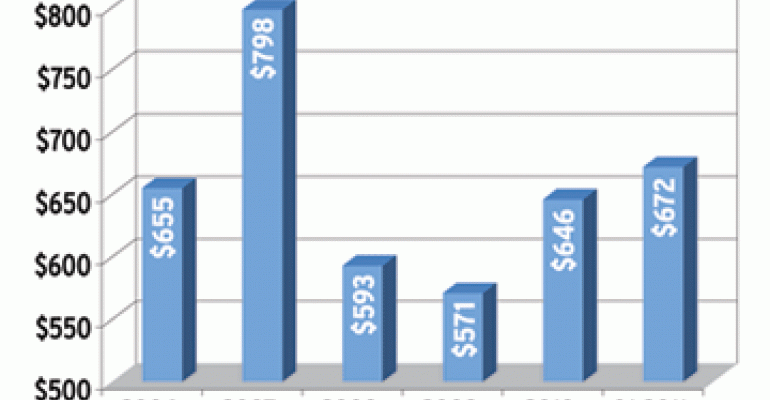Since markets hit bottom in the spring of 2009, hedge funds have been reviving. But the structure of the industry has changed dramatically. While hedge funds once catered primarily to wealthy individuals, now the main clients are pensions and institutions. That shift is forcing hedge funds to change the way they operate.
The transformation began during the financial crisis when many wealthy investors abandoned hedge funds. Big losses and the Madoff scandal undermined confidence. As a result, hundreds of hedge funds that catered to individuals have shut their doors. “The business models of many hedge funds are broken,” says Nadia Papagiannis, a Morningstar analyst who follows alternative investments.
High-net-worth investors have been particularly angry about funds of hedge funds. These typically collect money from investors and put the cash in a pool that includes 20 or more hedge funds. The idea is to provide individual investors with broad diversification. Funds of funds claim to offer security because professional managers screen the investments. But the funds performed poorly in the downturn. During 2008, funds of funds lost 20 percent, lagging single-manager hedge funds by 4 percentage points, according to Hedgefund.net.

Besides delivering subpar results, funds of funds were among the biggest victims of Madoff. The Ponzi scheme looted hundreds of millions of dollars from funds of funds. In some cases funds of funds that claimed to be diversified had actually put most of the assets with Madoff.
Shaken by the losses, investors dumped funds of funds. In 2007, funds of funds had $798 billion in assets and accounted for 42 percent of all assets in hedge funds, according to Hedge Fund Research. This year, funds of funds have $672 billion in assets and account for 33 percent of hedge fund assets.
While many wealthy individuals were furious about losses that occurred in 2008, some pensions and institutional investors took a very different view of the downturn. Compared to the S&P 500, hedge funds did relatively well. By selling short and using other techniques, top funds limited losses. A few star managers actually made money. That has caused pensions to put more money into hedge funds. “Institutions have been adding to hedge funds because they can provide a good way to diversify portfolios,” says Amy Bensted, manager of hedge fund data for Preqin, which tracks alternative investments.
According to a survey by Preqin, public pension funds now have 7 percent of their assets in hedge funds, up from 4 percent in 2007. Some institutions have reported putting more than 20 percent of their assets in hedge funds. Institutions now account for 61 percent of assets in hedge funds, up from 45 percent in 2008. With institutions putting in more cash, total assets in hedge funds topped $2 trillion this year, up from $1.8 trillion in 2007, according to Hedge Fund Research.
Pensions shy away from smaller hedge funds and those with short track records. Instead, institutions insist on investing with big hedge funds that have delivered consistent results. As a result, most assets have been going to the biggest funds. While only 5 percent of funds have more than $5 billion in assets, that group accounted for two-thirds of assets flowing to hedge funds in the second quarter. The big funds now account for 62 percent of all assets.

To accommodate their institutional clients, hedge funds are changing their ways. In the past most hedge fund assets went into commingled pools that included investments from many clients. The clients could only withdraw money after waiting a fixed period, such as one quarter. During the financial crisis many investors raced to make withdrawals, but the funds barred their gates. As markets plunged, investors waited months to obtain their cash. Now institutions are demanding separate accounts. Each account includes assets of one client who can make withdrawals on short notice.
Institutions have also been demanding lower fees. Hedge funds traditionally charged annual management fees of 2 percent plus 20 percent of all profits. Now institutions have been negotiating discounts. Preqin says that the average annual fee is now 1.65 percent, and performance fees have slipped to 19.1 percent of profits.
In the past, hedge funds managers were often seen as secretive gunslingers. A manager could make decisions by the seat of his pants and not tell clients much about the holdings. But these days institutions are demanding formal risk controls and detailed disclosures on portfolios. Hedge funds have little choice but to accommodate the requests. As individual investors pull away and institutions gain more clouts, hedge funds are being forced to satisfy their most important clients.






